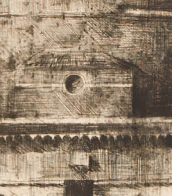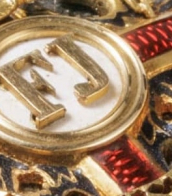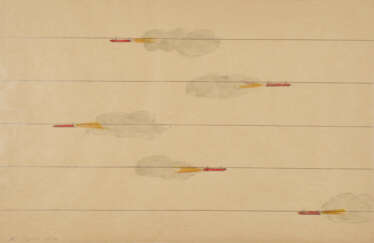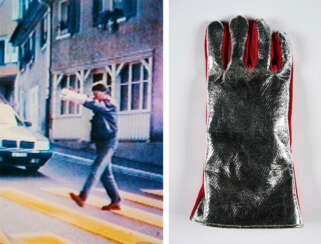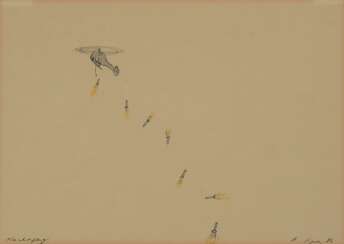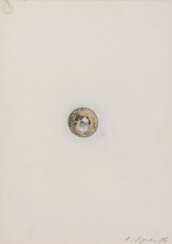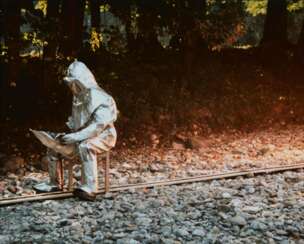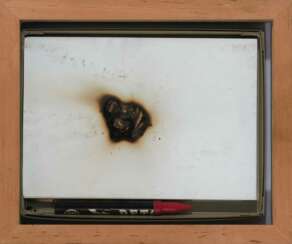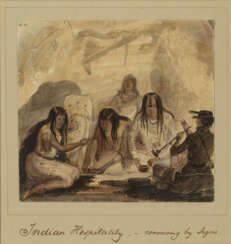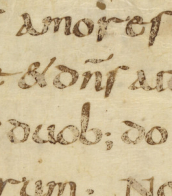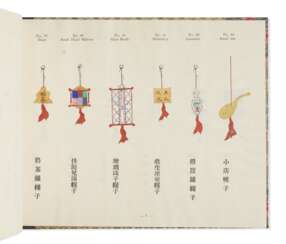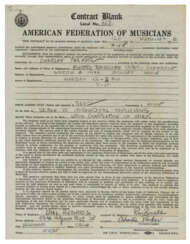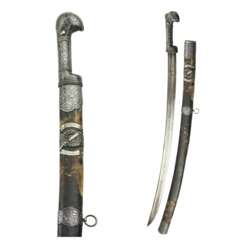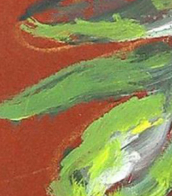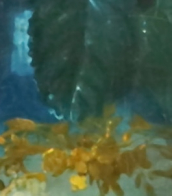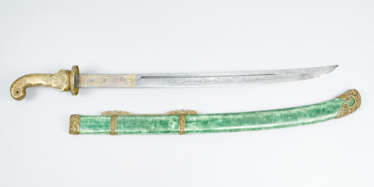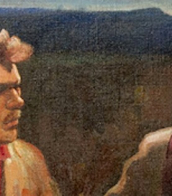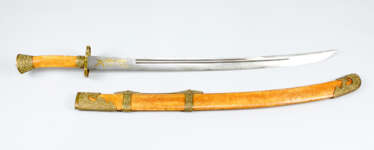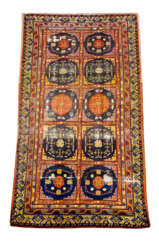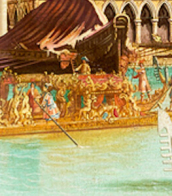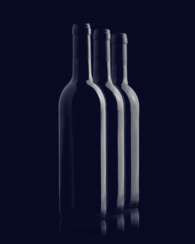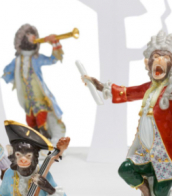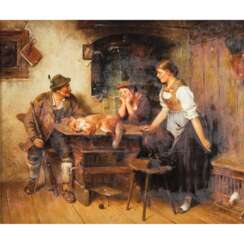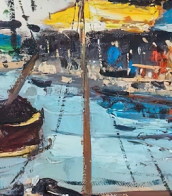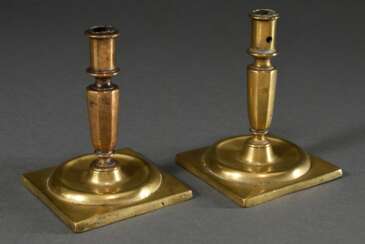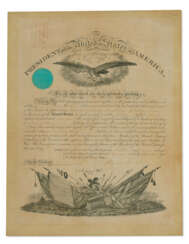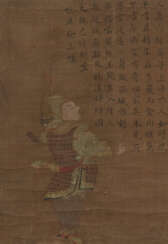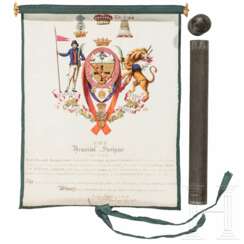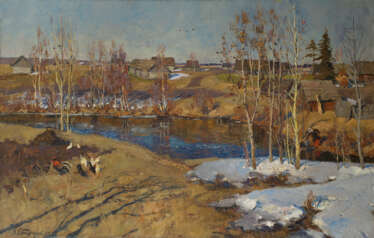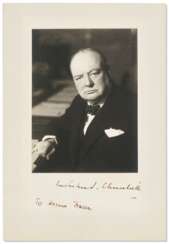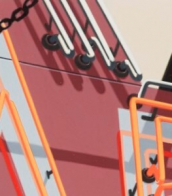signs
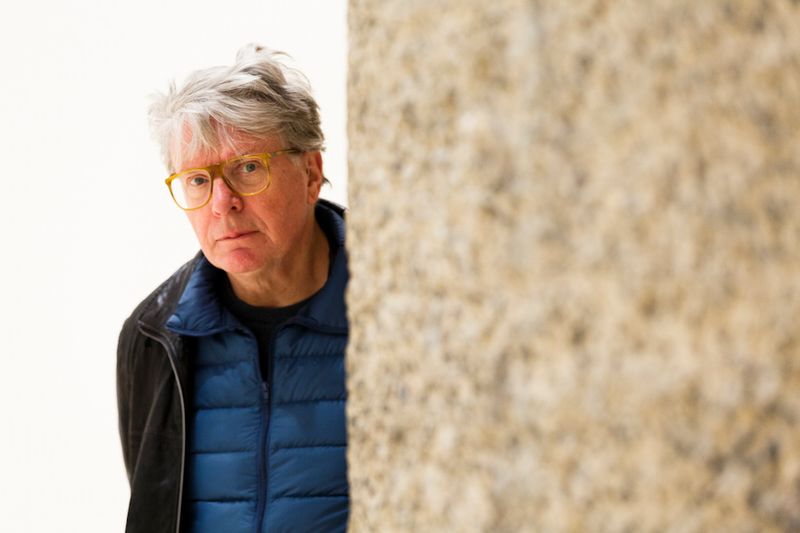
Roman Signer is a Swiss artist known for his sculptural installations, performances and videos. He studied at the Zurich School of Design.
Roman Signer's work is characterised by a sense of humour and playfulness, as well as a fascination for the unpredictable and uncontrollable forces of nature. He is best known for his "action sculptures", which involve setting up various objects and then exposing them to explosive or other kinetic forces, such as water or fire.
Roman Siegner explores the relationship between the sudden release of energy and tranquillity, between order and chaos. Physical forces such as gravity and propulsion energy are challenges for the artist and the tools he relies on to realise his sculptural ideas.
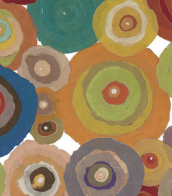

Roman Signer is a Swiss artist known for his sculptural installations, performances and videos. He studied at the Zurich School of Design.
Roman Signer's work is characterised by a sense of humour and playfulness, as well as a fascination for the unpredictable and uncontrollable forces of nature. He is best known for his "action sculptures", which involve setting up various objects and then exposing them to explosive or other kinetic forces, such as water or fire.
Roman Siegner explores the relationship between the sudden release of energy and tranquillity, between order and chaos. Physical forces such as gravity and propulsion energy are challenges for the artist and the tools he relies on to realise his sculptural ideas.


Roman Signer is a Swiss artist known for his sculptural installations, performances and videos. He studied at the Zurich School of Design.
Roman Signer's work is characterised by a sense of humour and playfulness, as well as a fascination for the unpredictable and uncontrollable forces of nature. He is best known for his "action sculptures", which involve setting up various objects and then exposing them to explosive or other kinetic forces, such as water or fire.
Roman Siegner explores the relationship between the sudden release of energy and tranquillity, between order and chaos. Physical forces such as gravity and propulsion energy are challenges for the artist and the tools he relies on to realise his sculptural ideas.
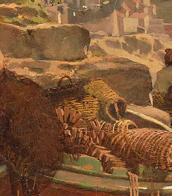

Roman Signer is a Swiss artist known for his sculptural installations, performances and videos. He studied at the Zurich School of Design.
Roman Signer's work is characterised by a sense of humour and playfulness, as well as a fascination for the unpredictable and uncontrollable forces of nature. He is best known for his "action sculptures", which involve setting up various objects and then exposing them to explosive or other kinetic forces, such as water or fire.
Roman Siegner explores the relationship between the sudden release of energy and tranquillity, between order and chaos. Physical forces such as gravity and propulsion energy are challenges for the artist and the tools he relies on to realise his sculptural ideas.


Roman Signer is a Swiss artist known for his sculptural installations, performances and videos. He studied at the Zurich School of Design.
Roman Signer's work is characterised by a sense of humour and playfulness, as well as a fascination for the unpredictable and uncontrollable forces of nature. He is best known for his "action sculptures", which involve setting up various objects and then exposing them to explosive or other kinetic forces, such as water or fire.
Roman Siegner explores the relationship between the sudden release of energy and tranquillity, between order and chaos. Physical forces such as gravity and propulsion energy are challenges for the artist and the tools he relies on to realise his sculptural ideas.


Roman Signer is a Swiss artist known for his sculptural installations, performances and videos. He studied at the Zurich School of Design.
Roman Signer's work is characterised by a sense of humour and playfulness, as well as a fascination for the unpredictable and uncontrollable forces of nature. He is best known for his "action sculptures", which involve setting up various objects and then exposing them to explosive or other kinetic forces, such as water or fire.
Roman Siegner explores the relationship between the sudden release of energy and tranquillity, between order and chaos. Physical forces such as gravity and propulsion energy are challenges for the artist and the tools he relies on to realise his sculptural ideas.



William Shakespeare was a British poet and playwright and writer.
William's father, John Shakespeare, was a merchant and official in Stratford. There are reports that he was a sailor for a time before joining a theater company in London. Beginning in the 1590s, Shakespeare began writing plays, and in 1593 he published a poem, Venus and Adonis, which became popular. He dedicated it to the Duke of Southampton, who was a philanthropist and patron of talent, and soon his business was booming.
From 1592 to 1600 Shakespeare wrote his dramas and romantic comedies "Richard III", "The Taming of the Shrew", "Romeo and Juliet", "A Midsummer Night's Dream" and "The Merchant of Venice", as well as the comedies "Much Ado About Nothing", "Twelfth Night" and the tragedy "Julius Caesar". The playwright's business was so successful that he even bought a large house in Stratford. In 1599, Shakespeare became one of the owners, playwright and actor of the new theater "Globe". In 1603 King James took Shakespeare's troupe under his direct patronage. In the mature period, the great playwright turned to tragedies, there were "Hamlet", "Othello", "King Lear", "Macbeth" and others.
Although in the 19th century researchers had some doubts about the authorship of many of these works, William Shakespeare is considered the greatest English playwright, one of the best playwrights in the world. His plays have been translated into all major languages and to this day form the basis of the world theatrical repertoire, most of them have been screened many times. According to the Guinness Book of Records, Shakespeare remains the world's best-selling playwright, and his plays and poems have sold more than 4 billion copies in the nearly 400 years since his death.


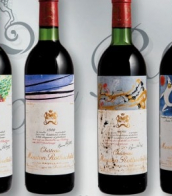

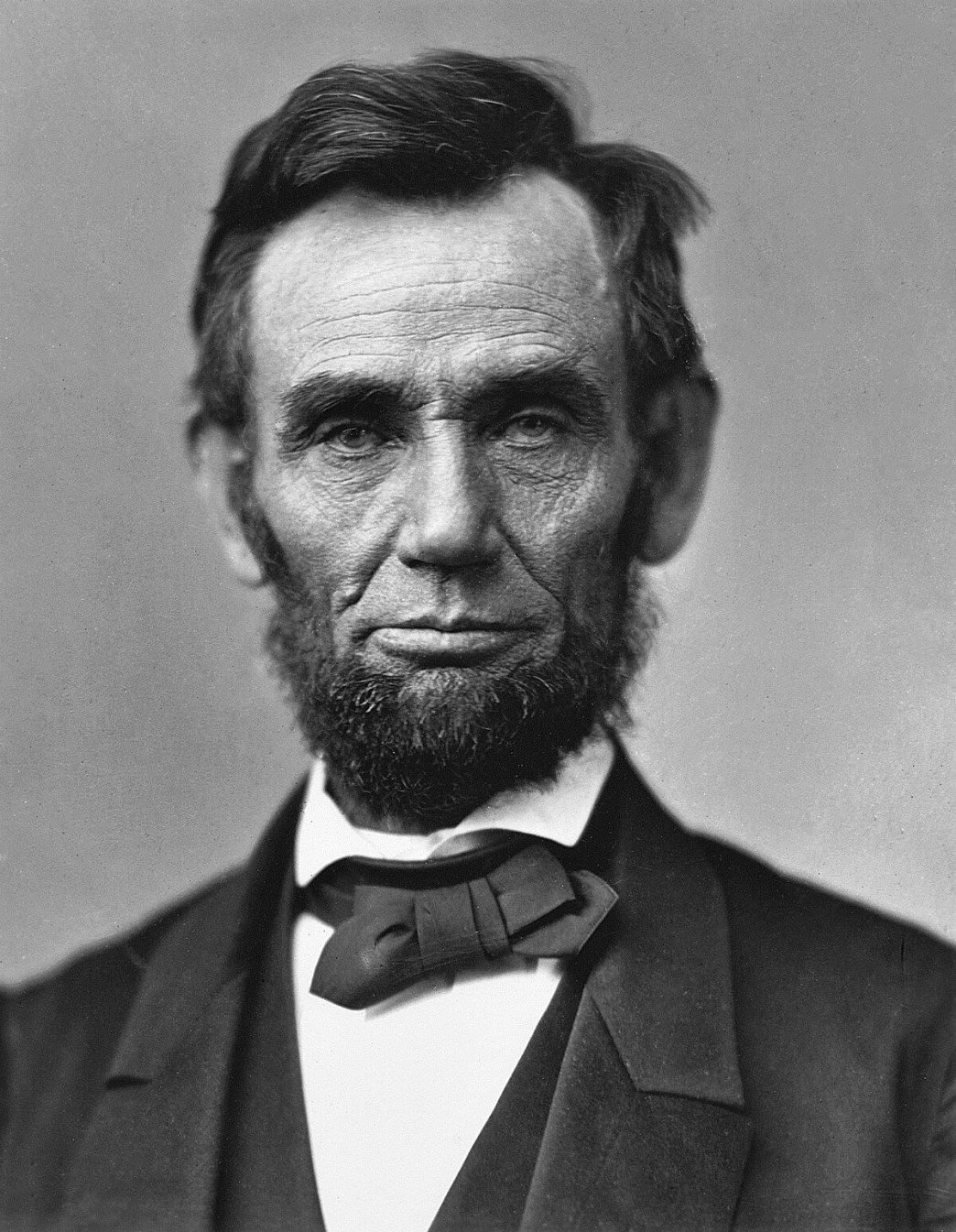
Abraham Lincoln was an American statesman and politician, the 16th President of the United States (March 4, 1861 - April 15, 1865).
The son of a frontiersman and a Kentucky farmer, Lincoln worked hard from an early age and struggled to learn. He was a militiaman in the Indian War, practiced law, and sat in the Illinois legislature for eight years. He was an opponent of slavery and gradually gained a national reputation that earned him victory in the 1860 presidential election.
After becoming the 16th president of the United States, Abraham Lincoln turned the Republican Party into a strong national organization. In addition, he drew most Northern Democrats to the Union side. On January 1, 1863, he issued the Emancipation Proclamation, which declared permanently free those slaves who were in Confederate territory. Lincoln considered secession illegal and was prepared to use force to defend federal law and the Union. Four more slave states joined the Confederacy, but four remained in the Union, and the Civil War of 1861-1865 began.
Lincoln personally directed the military action that led to victory over the Confederacy. Abraham Lincoln was reelected in 1864, and on April 14, 1865, he was fatally shot at Ford's Theatre in Washington, D.C. by actor John Wilkes Booth.
Abraham Lincoln is a national hero of the American people, he is considered one of the best and most famous presidents of the United States until today.

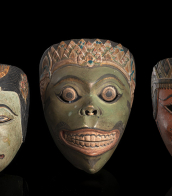
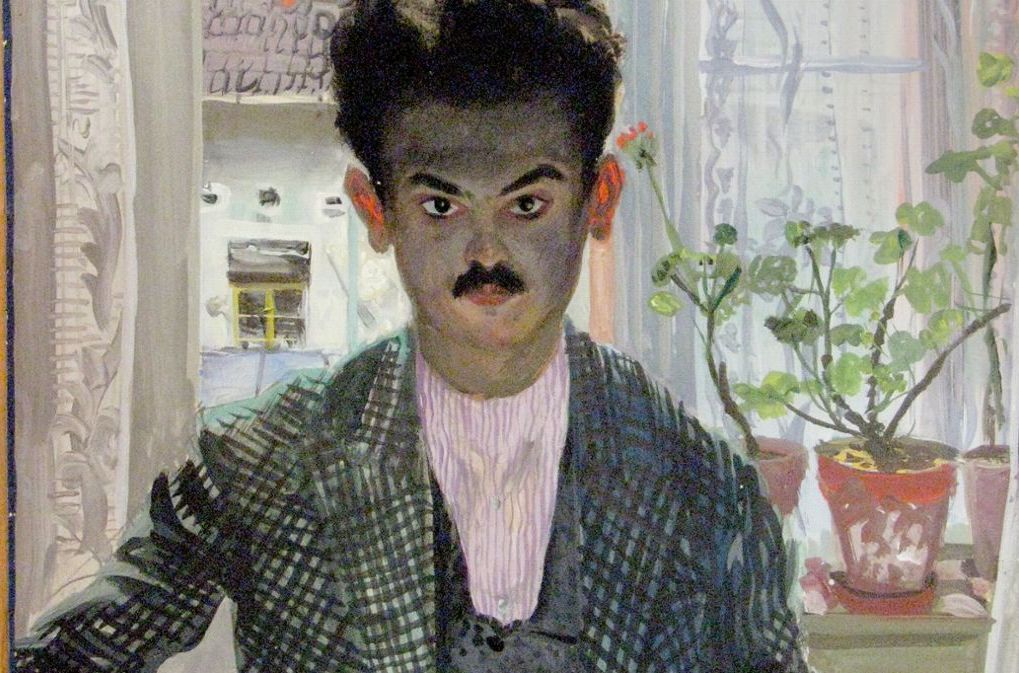
Reinhold Nägele was a 20th century German painter and graphic artist.
